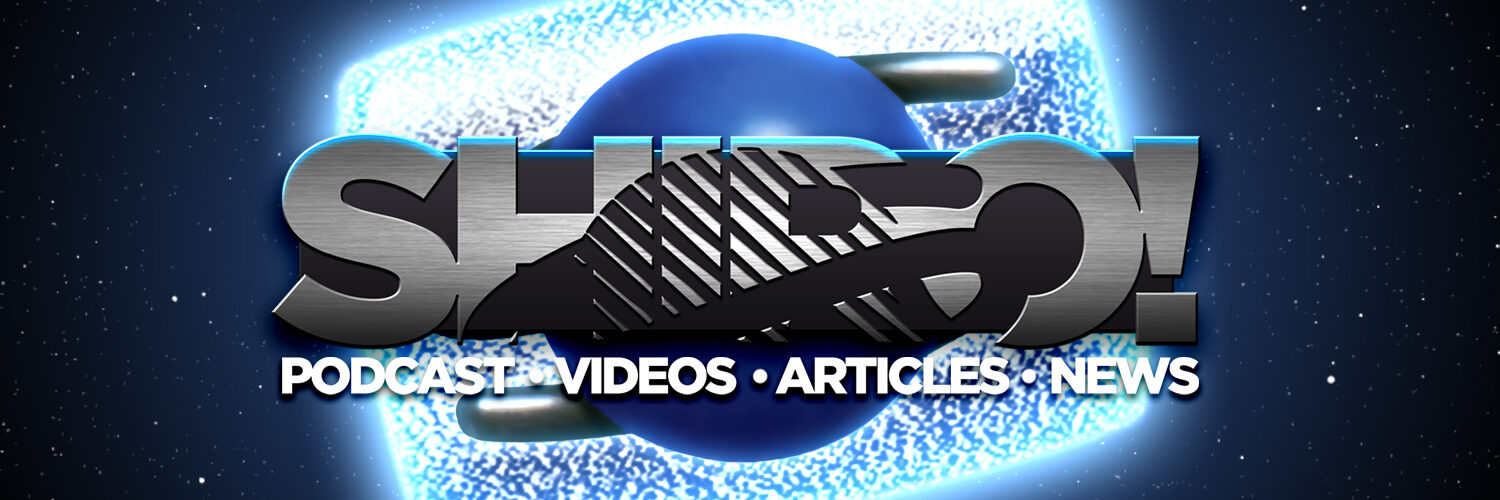MiSTer FPGA owners are rejoicing today after a new update to the hardware emulator’s Saturn core was uploaded to the Internet.
Developer Sergiy Dvodnenko, aka SRG320, published new code today on his Github that makes major improvements to emulation of the VDP1 processor in his core as well as a couple fixes to VDP2 and the CPU. His Patreon page listed the latest improvements, the most significant of which is initial support for Gouraud shading:
- VDP1
- rework sprite drawing
- add support Pre-Clipping
- initial support Gouraud shading
- fix End Code
- fix FB reading while drawing (Night Warriors – Darkstalkers Revenge)
- fix PTM register (Skeleton Warriors)
- VDP2
- fix byte access for CRAM (World Cup Golf)
- CPU
- fix overflow in Division unit (Daytona USA)
The latest version of the core, which comes in two versions for one or two sticks of RAM, can be downloaded from the “unstable nightlies” channel on the MiSTer Discord server.
The release had a rocky start. Users in the server initially couldn’t get the core to load, encountering only a blank screen. It only worked for one person named AdventureTaco — apparently because they manually loaded the boot.rom file.
The problem, seemingly, is that Dvodnenko made a typo where the core is looking for boot.bin instead of boot.rom. Once MiSTer owners began renaming the boot file to boot.bin, the core worked for them. The discovery was made by AndyD, who noticed that the core’s load function specifies .bin instead of .rom.
“It’s funny because the error message still pops up ‘CD Bios not found’ since boot.rom doesn’t exist,” AndyD said. “So [definitely] a typo. It loads fine. But the error pops.”
Renaming the file still didn’t work for some, but manually loading it worked for them instead.
[Edit, July 3] Dvodnenko wasted no time responding to the boot.rom error, pushing out a new update for both single-RAM and dual-RAM MiSTer setups Sunday morning that corrected the problem. They can be downloaded from the unstable nightlies channel in the MiSTer Discord server.
The Patreon post mentions some games that appear to be the direct beneficiaries of these fixes, including Night Warriors: Darkstalkers’ Revenge, Skeleton Warriors, World Cup Golf and Daytona USA. But players in the Discord server seemed more interested in trying out other games. Here are some of their comments on games they tried:
“Quake looks better, it has lighting now”
— 230-V
“Tempest 2000 is much more playable now the webs are shaded”
— Trifle
“Virtua Fighter Remix looks and sounds great. Full on music and sound effects”
— AndyD
“Playing cards and some parts of the foreground are rendered correctly now on the two Clockwork Knight games (+Gouraud shading)”
— Zet-sensei
A Japanese player, T4YK_68000, tweeted a video of Panzer Dragoon Zwei being played on the new core, saying that the dragon’s attacks now have color when they didn’t before, but the VDP2-drawn ground flickers a bit. That player also tweeted a video of After Burner, saying that it now renders accurately.
[Edit, July 2] Video Game Esoterica uploaded a video Saturday showing off some of the games that were improved by the latest core, including the aforementioned Night Warriors: Darkstalkers’ Revenge and Skeleton Warriors, among several others:
The list of fixes in today’s update isn’t quite as long as the previous build of the core in mid-April when a litany of enhancements, including support for expanded RAM cartridges, were included in an update that broke a five-month drought.
SRG320 continues to live behind Russian lines in Ukraine amidst the war there, making core updates — and communication — from him fairly infrequent.
He released to the public a playable build of the Saturn core for the first time in May last year, with a flurry of updates coming between late September and mid-November. Since then, just one update was released before today, in April.
If you’re interested in supporting Dvodnenko, check out his Patreon.
The MiSTer is a field-programmable gate array, a chip that can be changed by programming it to physically emulate retro video game consoles. It includes an SD card reader from which “cores” and games can be loaded.
The cores are the programming that tells the FPGA chip how to configure itself to reproduce the performance of a console. There are cores for a wide array of consoles, from the Atari 2600 to the PlayStation — and now, at least in an early form, the Saturn.


Leave a comment